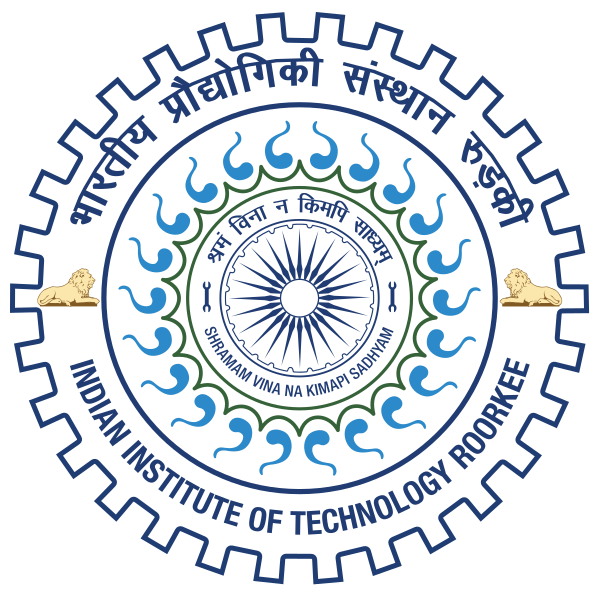Please use this identifier to cite or link to this item:
http://localhost:8081/jspui/handle/123456789/16004| Title: | MICROWAVE WELDING OF POLYMER MATRIX COMPOSITES |
| Authors: | Saukta, Ravi |
| Keywords: | Natural Fiber Reinforced Composites;Synthetic Fiber Reinforced Composites;Thermoplastics;Adhesive Bonding |
| Issue Date: | Jun-2019 |
| Publisher: | IIT ROORKEE |
| Abstract: | Nowadays, natural fiber reinforced composites are being preferred over synthetic fiber reinforced composites in many engineering applications. The major contributing factor is the global concern regarding the search of biodegradable and ecofriendly materials because of the stringent policies being enforced on the manufacturers by the countries and the governments. As a result of this researchers nowadays have turned towards the development of natural fibers (jute, sisal, kenaf, bagasse etc.) based polymer matrix composites. Though it is practically not possible to replace all of synthetic based PMC’s by natural fibers based PMC’s because of the high strength provided by synthetic fibers, but natural fibers based PMC’s can be used in areas where load bearing is not the main concern. At present mostly thermoplastics and thermosets are being used as resin matrices for natural fibers because of good noise damping properties and their chemical resistance characteristics. By making use of natural fibers, a considerable reduction in weight of product also takes place which naturally favours reducing the carbon footprint of the component. Most widely used thermoplastic matrices are polyvinyl chloride, polyethylene and polylactic acid. So the joining of PMC’s becomes necessary to join individually processed composite parts into a usable assembly. In the present research investigation, attention has been focused on the joining of natural fibers based PMC’s using microwave welding which is a non-conventional method of joining such PMC’s. By using this method the traditional problems like stress concentration due to mechanical fastening or poor strength due to adhesive bonding could be avoided, better quality weld could be produced in a faster time. |
| URI: | http://localhost:8081/xmlui/handle/123456789/16004 |
| metadata.dc.type: | Other |
| Appears in Collections: | MASTERS' THESES (MIED) |
Files in This Item:
| File | Description | Size | Format | |
|---|---|---|---|---|
| G29297.pdf | 2.39 MB | Adobe PDF | View/Open |
Items in DSpace are protected by copyright, with all rights reserved, unless otherwise indicated.

